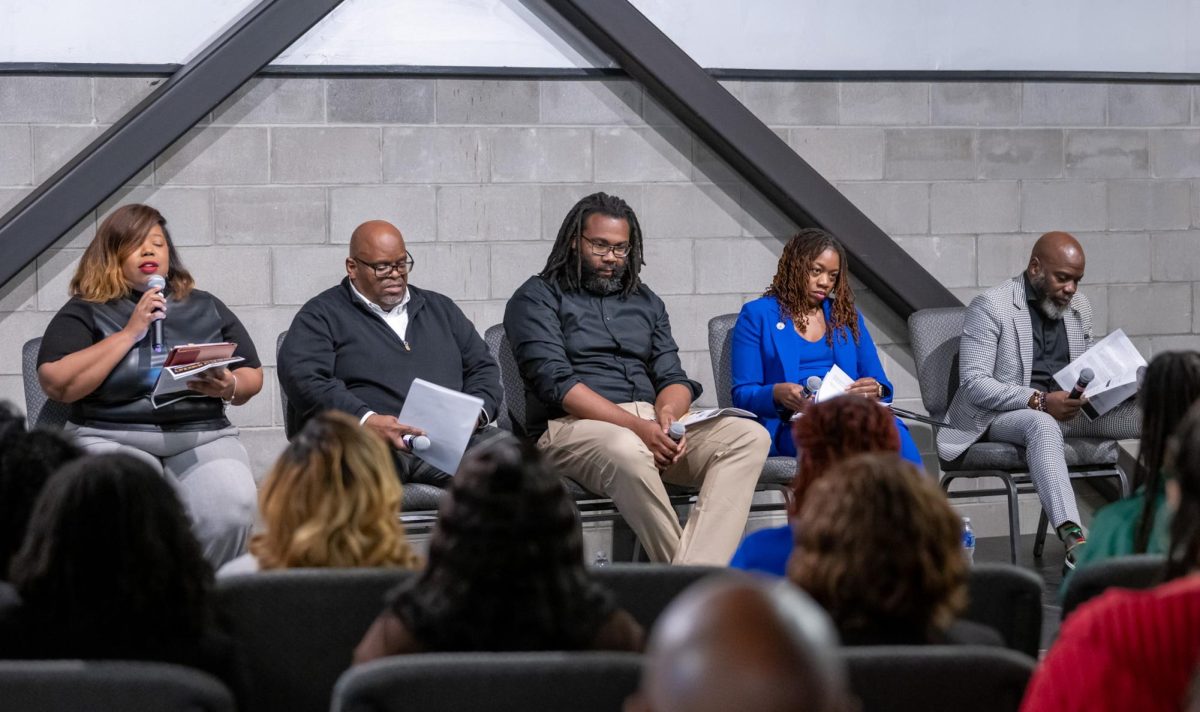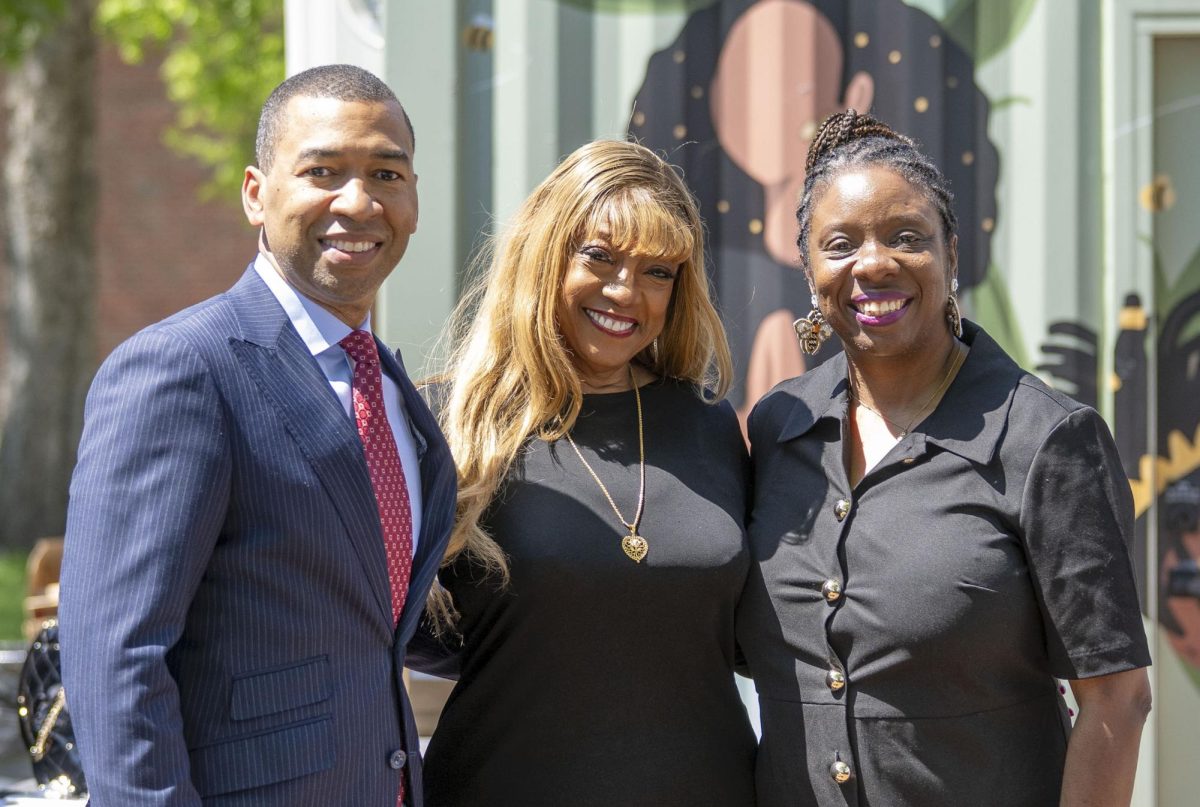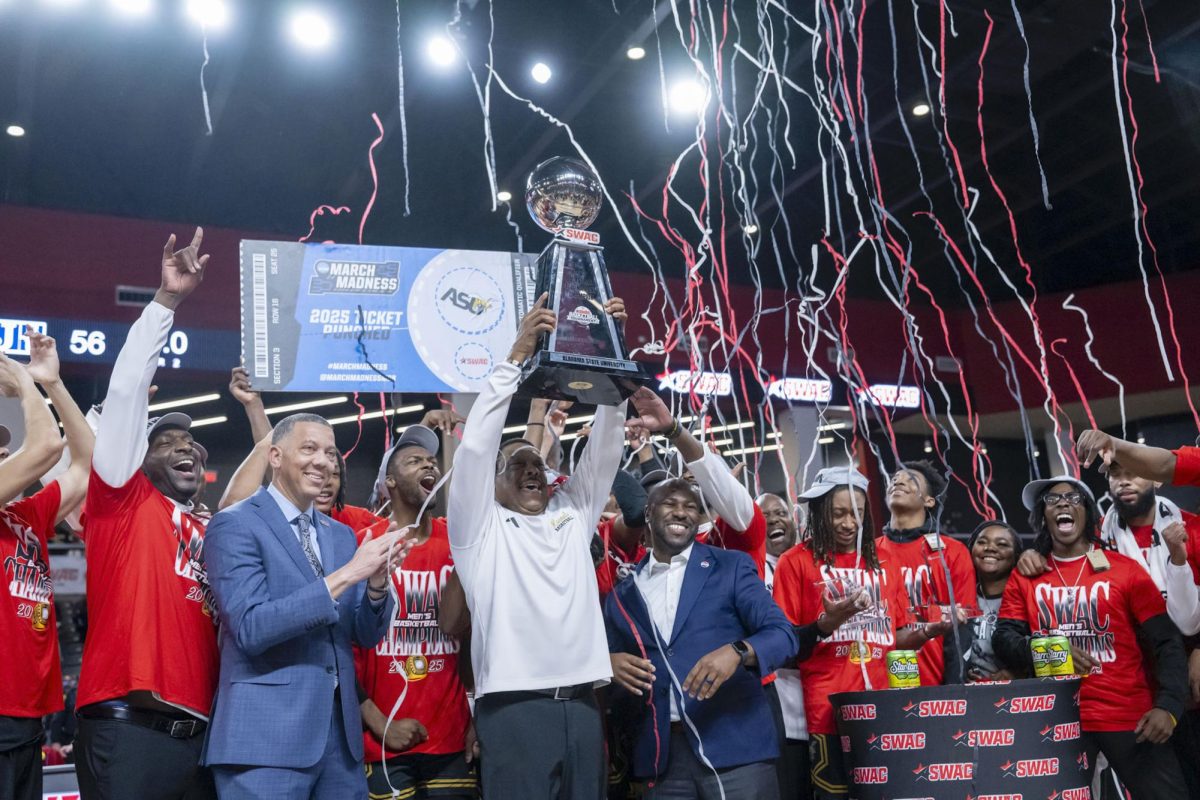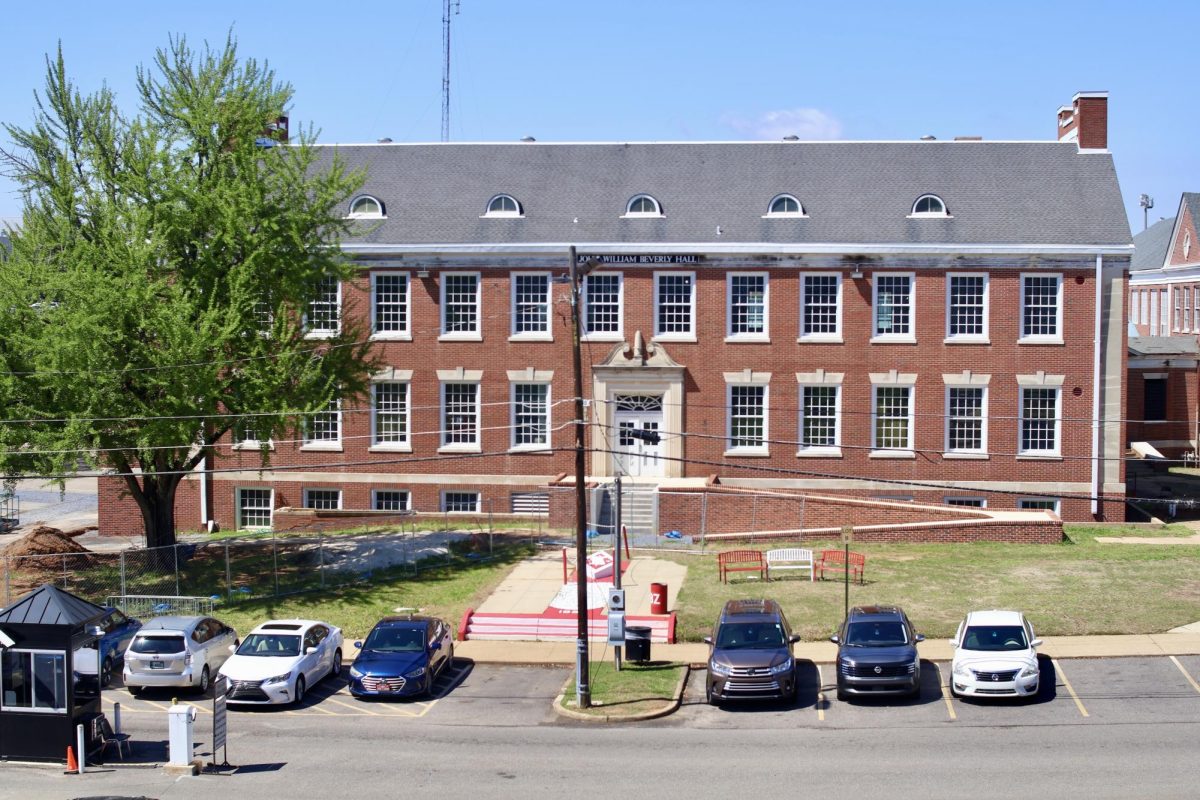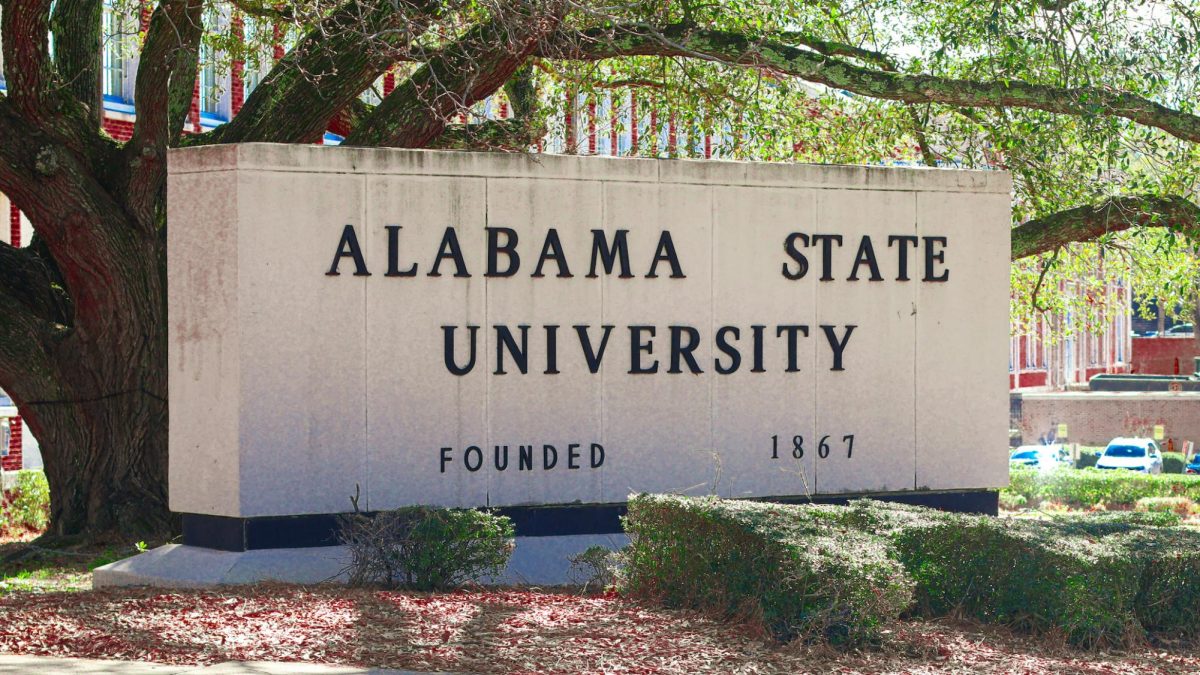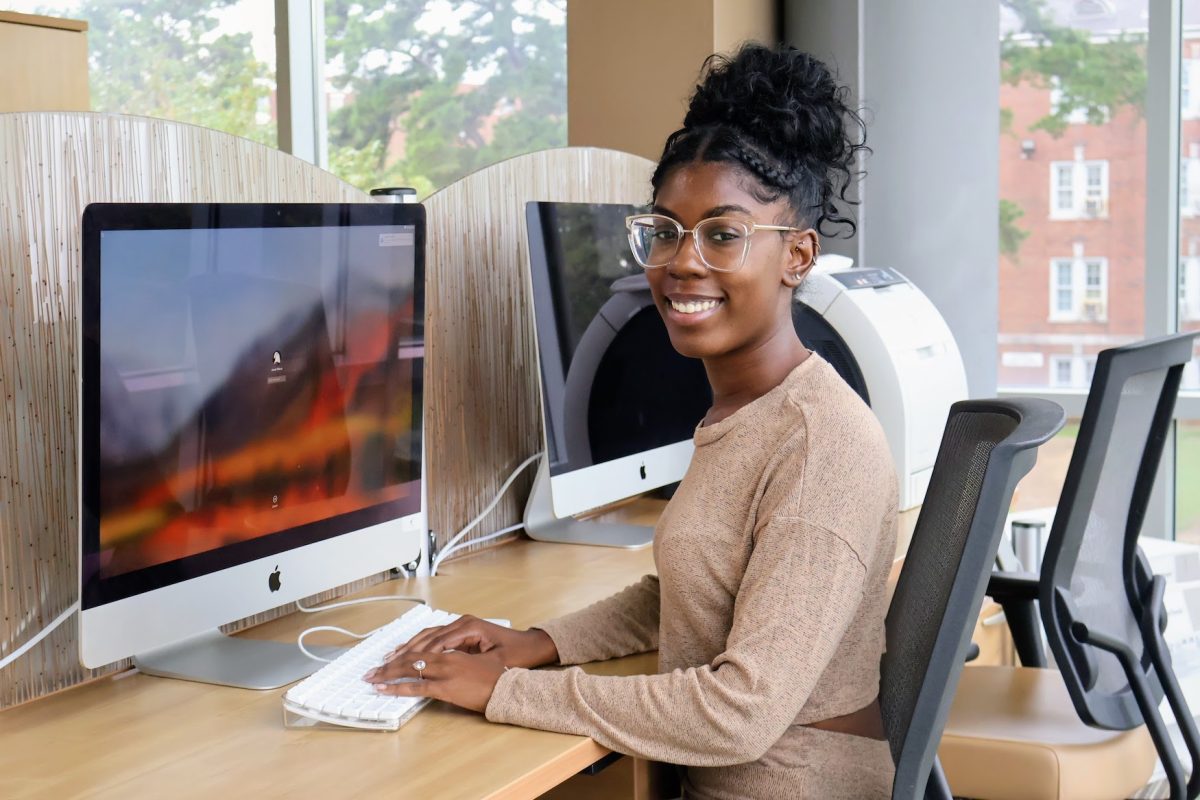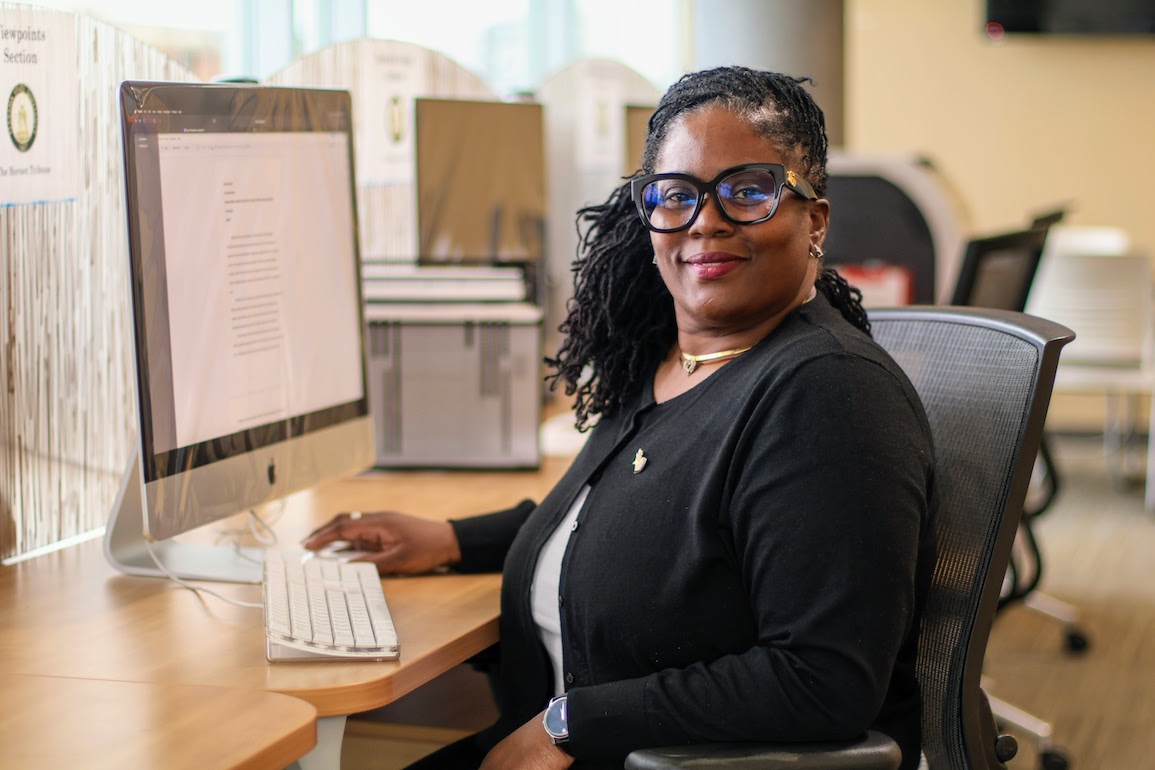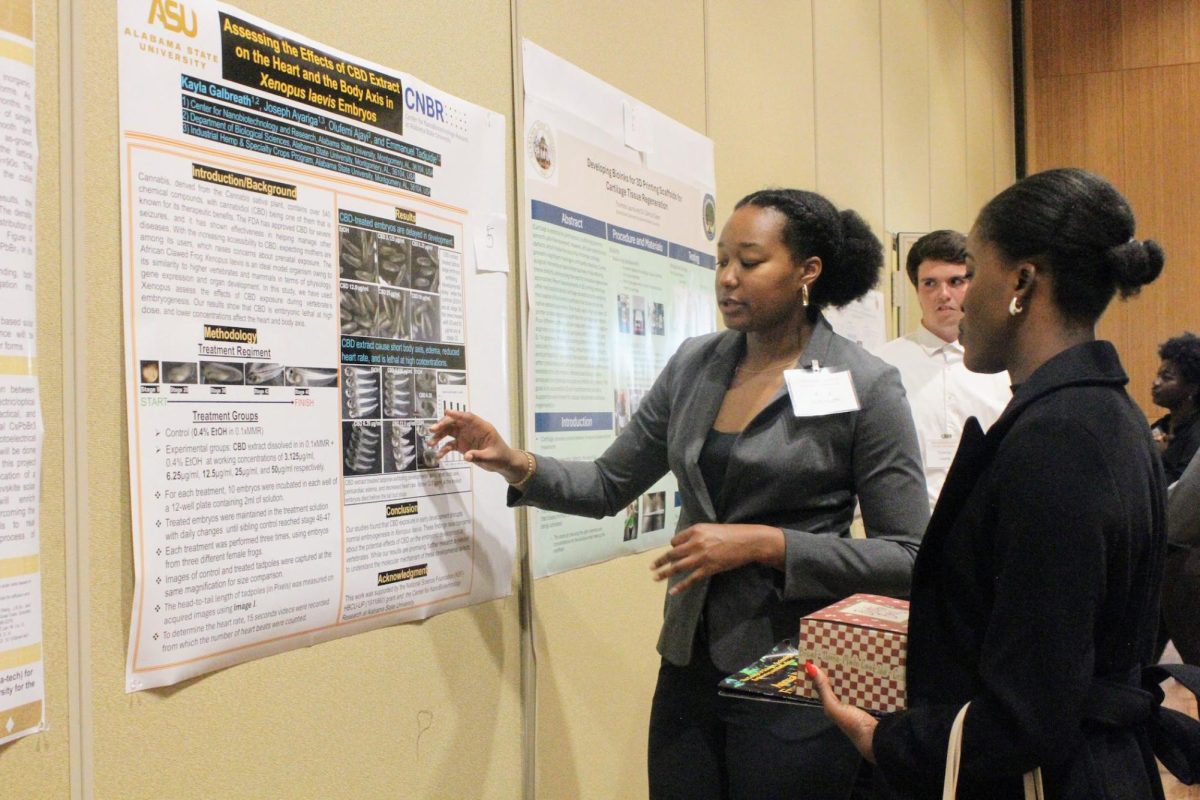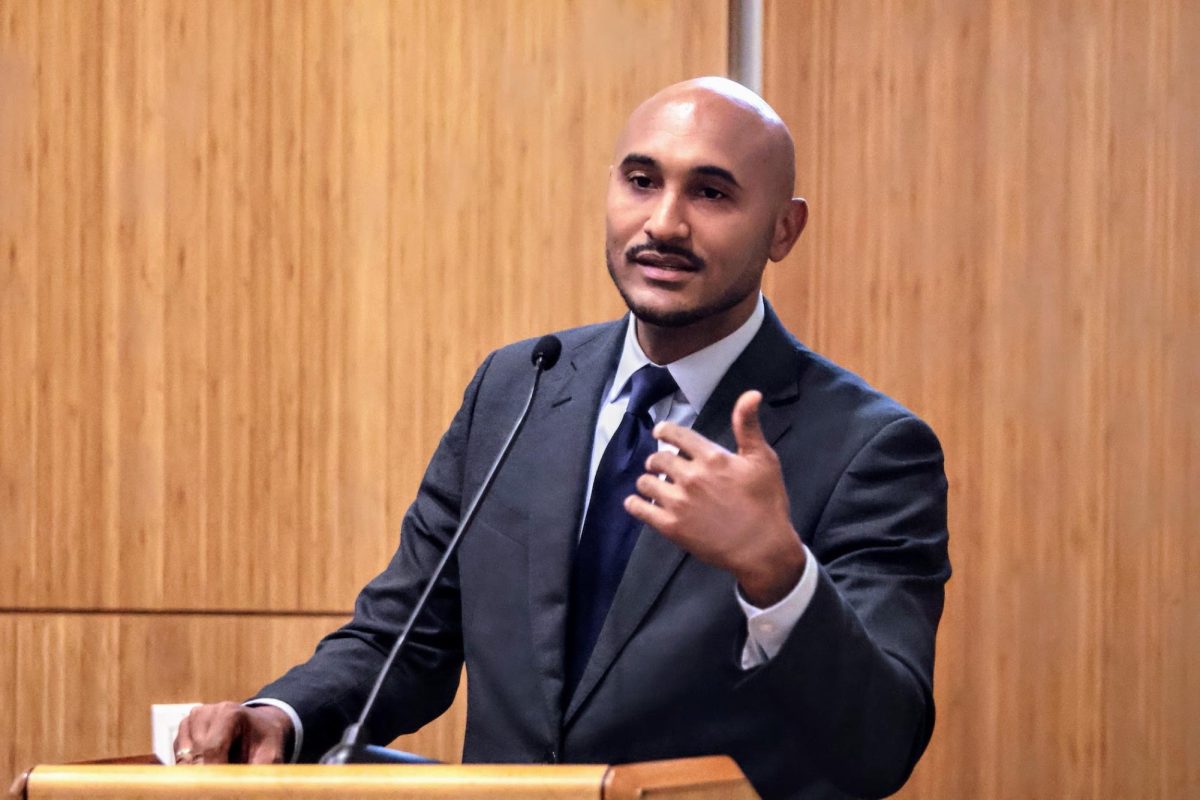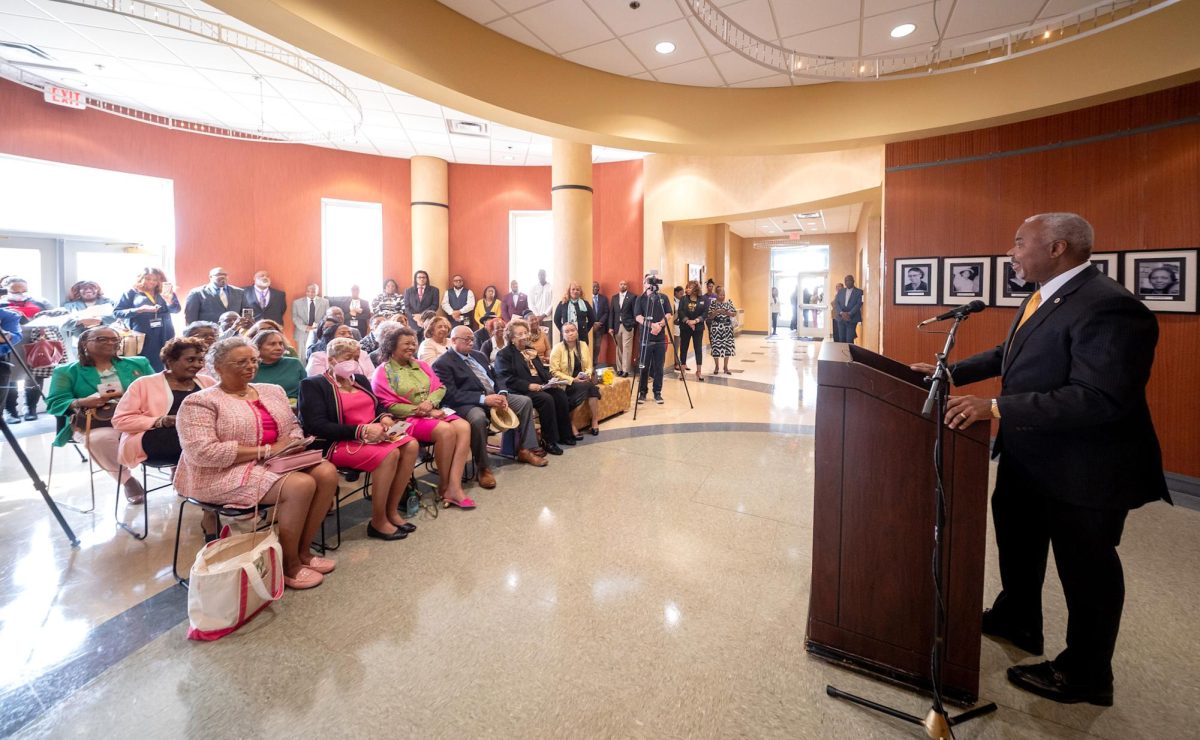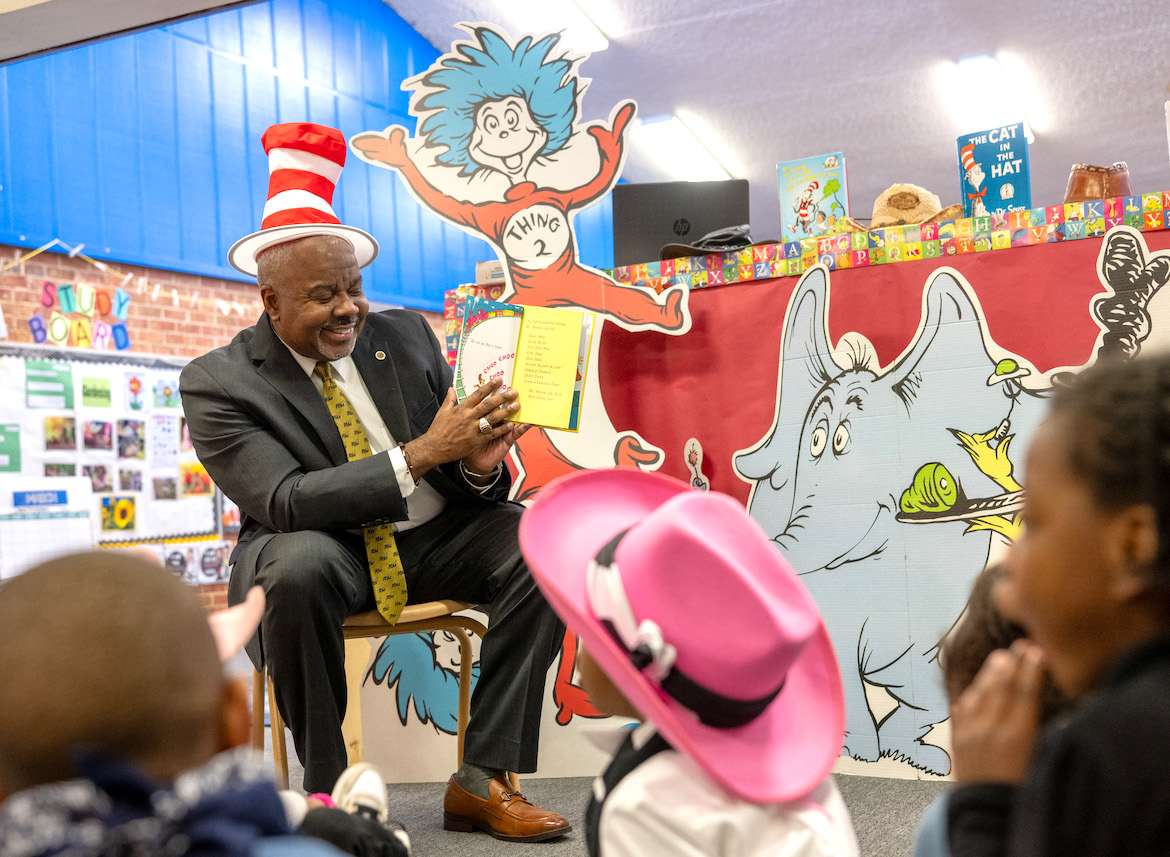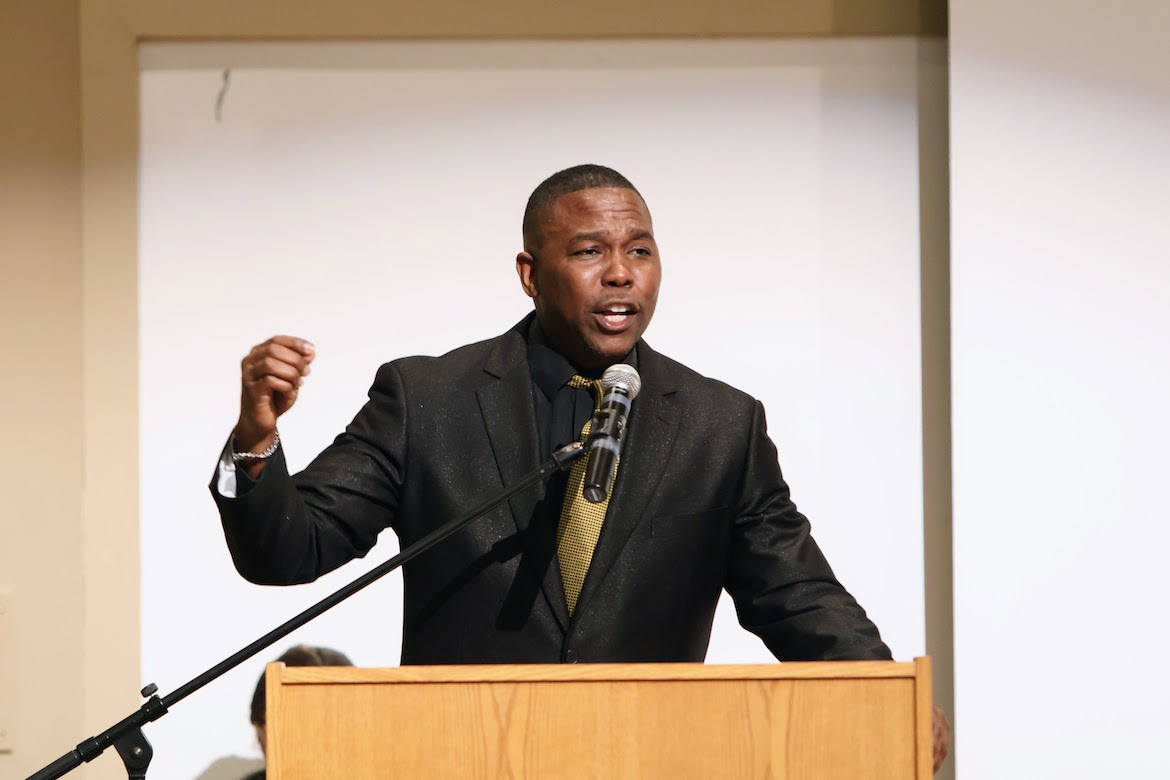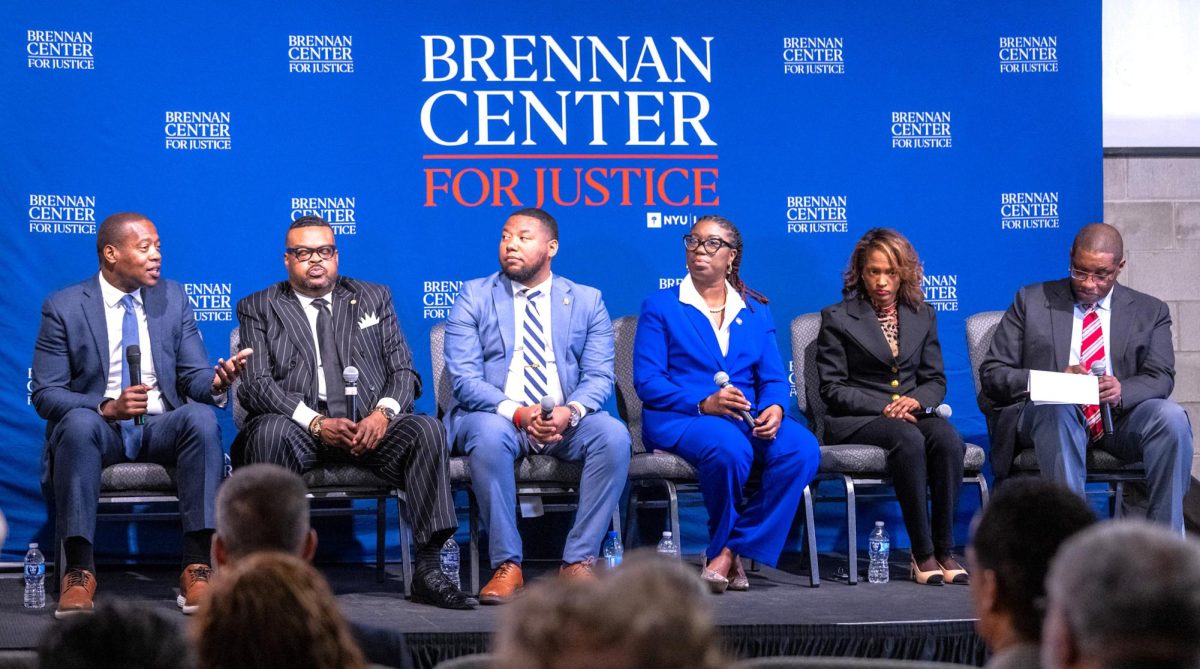Severe winter weather, including snow and ice on the roads, caused Alabama State University officials to move all classes to a virtual platform and close many of the campus facilities Jan. 21-22.
The decision was made to prioritize the safety and well-being of students, faculty and staff amid hazardous conditions affecting much of the state.
Alabama Gov. Kay Ivey declared a state of emergency Jan. 21 for 39 counties, including Montgomery, as snow accumulations of 2-8 inches blanketed southern Alabama and icy conditions made travel dangerous.
Temperatures statewide dropped into the single digits in some areas, leading the Alabama National Guard to assist communities in managing the storm’s impact.
The National Weather Service (NWS) warned of “impossible driving conditions” in some areas, with temperatures remaining below freezing through midweek. The last time Mobile experienced more than two inches of snow was March 1993, highlighting the rarity of this event.
Assistant Vice President for Student Affairs and Enrollment Management/Student Development and Engagement Sabrina Crowder Simmons, D.M., emphasized that the primary factor influencing the decision to close the university for the two days was the potential risks associated with hazardous road conditions and accessibility to campus.
“The forecasted inclement weather presented a potential risk to the safety and accessibility of campus facilities and travel for students, faculty and staff,” Simmons said. “The university’s leadership proactively mitigated these risks by transitioning to virtual learning and remote work.”
Simmons continued.
“The safety and well-being of the campus community were prioritized. Everyone was encouraged to avoid unnecessary travel on potentially hazardous roadways.” Faculty and staff were provided with remote work arrangements to maintain continuity in operations, while students were advised to monitor updates via email and Canvas.
Simmons also mentioned that one of the challenges addressed by this decision was ensuring the continuity of educational services and critical operations amid adverse weather conditions. Simmons highlighted the importance of planning in navigating such disruptions.
“The decision to move classes online and implement remote work ensured that the academic schedule and critical operations were not disrupted while minimizing risks associated with travel and adverse weather,” she said.
The transition to online classes was executed through coordinated efforts by university leadership, who ensured that communication channels remained open and updates were provided promptly. Faculty and staff were also instructed to utilize email and Canvas for class updates, enabling a smooth and efficient shift.
While feedback on the transition is still being collected, Simmons noted that proactive measures and clear communication have been essential in minimizing disruptions for students and faculty.
As the storm subsided and temperatures began to rise, the university reopened Thursday, Jan. 23. The Alabama Emergency Management Agency (EMA) reported improving road conditions, with a warming trend expected to continue into the weekend. Students who live on campus expressed mixed reactions to the two-day virtual classes.
Zayni Jones, a junior health information management major, expressed mixed feelings about the decision to close campus due to inclement weather.
“Honestly, yes and no,” Jones said. “I really enjoyed the break, but as for classes, it was difficult. My teachers didn’t know how to work with Google Meetings, which made it very challenging. Plus, I couldn’t handle things like financial aid or picking up my mail. Financial aid already takes forever to get things done. It was hard.”
Kamryn Grymes, a sophomore psychology major, supported the university’s decision to close campus due to inclement weather earlier in the week.
“I do think it was the right decision,” Grymes said. “The timing was perfect because Tuesday was when it snowed, and on Wednesday, the roads needed clearing up from the ice.”
Grymes noted that her classes did not transition to virtual sessions.
“I just had to do my work, and it was more of a self-paced type of thing,” Grymes said.
Purpose Smith, a junior majoring in elementary education, supported the university’s decision to close campus due to the inclement weather.
“I did agree with it because I felt like, as far as Montgomery, they’re not used to the weather itself, so the city may not know how to handle it,” Smith said. “It was a precaution that may have been necessary.”
Smith, a Chicago native, pointed out the difference in how Southern cities handle snow. “I’m used to the snow, so it was a little excessive if you’re used to it, but for a city that’s not, I understood,” she said.
Jamie Bellamy, an undecided freshman, was not pleased with the university’s decision to close campus due to the weather.
“I don’t agree with the decision to close campus,” Bellamy said. “Everything shut down, and there wasn’t anything to do. The weather wasn’t so bad that we couldn’t make it to class and back. It’s not like we had to travel miles to get to our classes. They could have at least opened the Union so we could get food. The cafeteria closed at 3 p.m., and we were expected to make that last until dinner. Some people weren’t driving because of the roads, but I still feel like they could have kept campus open.”
Reflecting on the reopening of campus, Bellamy agreed with the decision.
“It was the best decision to open campus today,” Bellamy said. “It got everybody back in class, food spots reopened and everything returned to normal speed.”
The winter storm that swept through Alabama on Tuesday brought record-breaking snowfall to some areas and dangerously cold temperatures.
There was still a little snow on the ground in Montgomery on Wednesday. Yet farther down south, cities are doing what they can to fight or embrace the snow and ice.
Conditions remained potentially dangerous Wednesday morning as temperatures are expected to stay below freezing around Alabama throughout the day, with lows dipping into the teens tonight.
“Looking at things, we’re not going to get back above freezing until probably mid to late morning tomorrow. We will see how you get back up in the middle 40s, but it’s going to be short-lived,” Mugrage said. “You have a six to nine-hour window there where things are above freezing, and then we’re going back into the low 20s for tomorrow.”
An excessive cold warning remained in effect Wednesday, with single-digit temperatures reported in some northern areas of the state and teens farther south. Mobile hit a low of 12 degrees Wednesday morning. High temperatures will only reach the 30s statewide today, according to the Alabama Emergency Management Agency (EMA).
Categories:
Cold temperatures, ice and snowfall forces university to go virtual with classes
Denise Ringo, Managing Editor
January 25, 2025
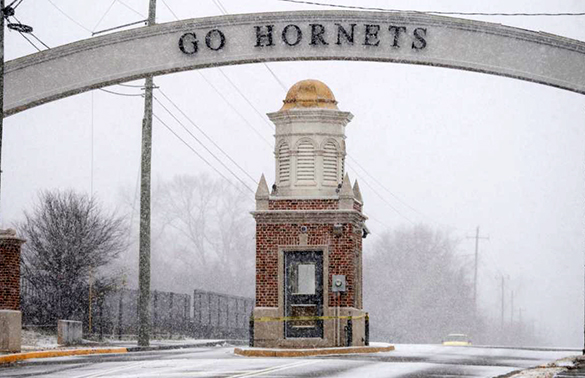
Snow flurries covered the campus of Alabama State University on Tuesday afternoon forcing university administrators to close most of the campus facilities.
Story continues below advertisement
1
More to Discover



